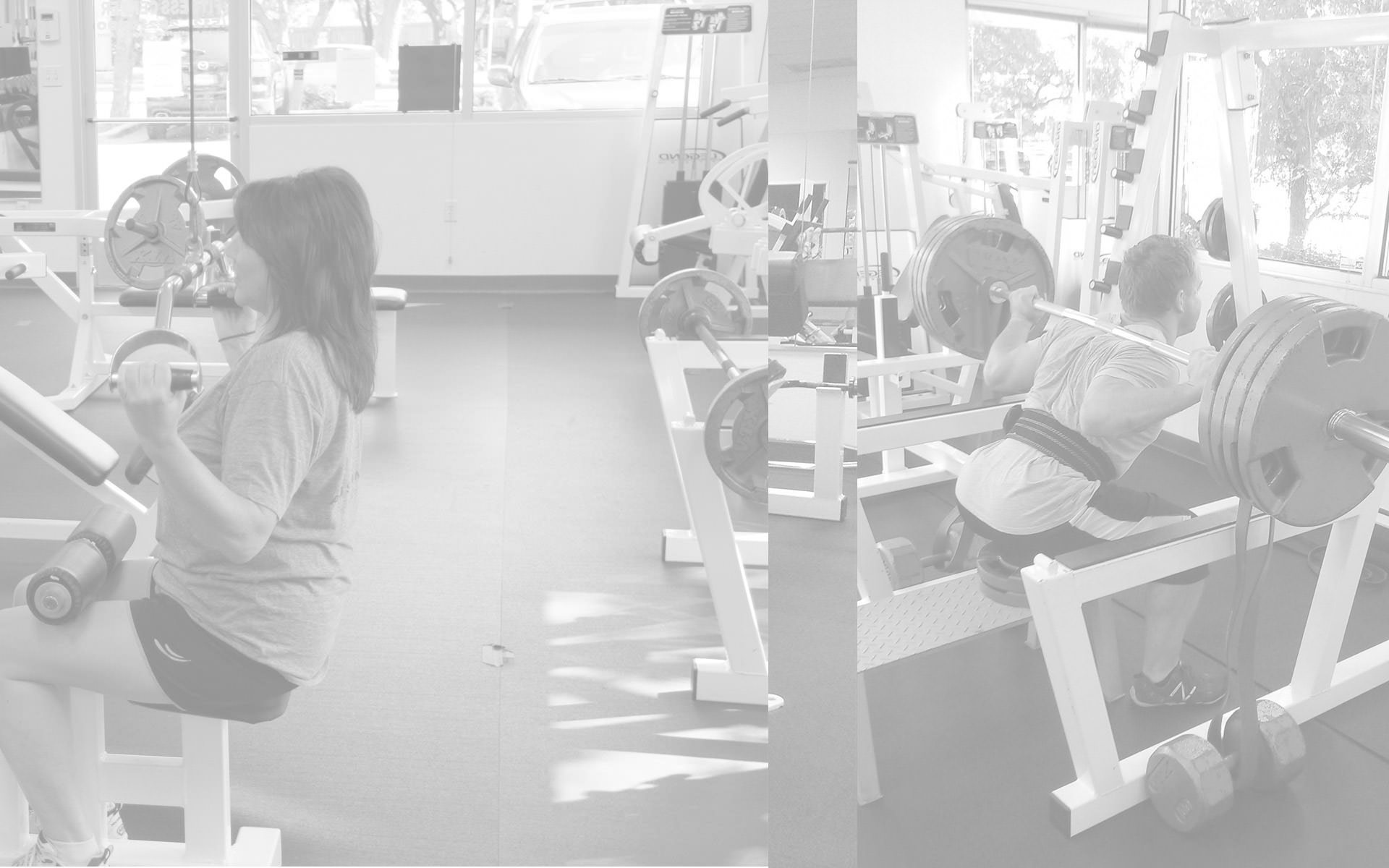When Losing Fat, Where Does it Go?
I’ve always not only welcomed questions on this blog, but encouraged them as well. As long as I’ve been a personal trainer in Austin, I’ve been asked an incredible variety of fitness questions over the years, but the one I got yesterday from my 7 year old daughter Ana, was perhaps the best one ever! She asked me when we are losing fat, where does it go?
If you want to know where fat goes when it is lost, you need to think about how it is lost, as well as what the chemical properties of fat are when this happens. Firstly, fat is lost through aerobic activity. You can diet down a little, but you’re still losing fat aerobically. Your bodily functions require energy, as do your daily routines. If you put less fuel in the tank, in other words, eat less, your body will be forced to find an alternative fuel source, and that is our bodily fat supply. This is why losing fat is done most efficiently first thing in the morning by doing cardiovascular exercise on an empty stomach. You will be burning fat at the most efficient level possible then, barring supplements, and various chemicals both legal, and illegal.
So, where does it go asked my little Ana. The answer is that it is burned. Scientists have a formula for when we are losing fat. C55H104O6+78O2 —> 55CO2+52H2O+energy. What this means in plain English, is that when you are metabolizing, or in other words, losing fat, you are creating carbon dioxide, water, and of course, energy.
If you consider the chemical formula and resulting processes listed above, you can easily see how losing fat works. If we are left with carbon dioxide, we simply exhale it. The water from the triglyceride burning process is sweated, or urinated out, and the energy, of course, is burned during the aerobic exercise. In other words, the more aerobic activity you do, the more fat you will burn. This is how most of the population can lose weight. Naturally, a proper diet must be followed, and coupled with the timing of what you ingest, as well. As noted, if you were to go to the gym after eating a bowl of brown rice, you will be burning the rice as fuel and not be losing fat. Aerobic exercise is just as the name implies. It requires oxygen. As we learned early on in our education, we inhale oxygen, and we exhale carbon dioxide. If you were to go back to the aforementioned rice example, the trainee in the gym would be doing anaerobic exercise. This is the opposite of aerobic, as there is little to no oxygen required for energy. This means, glycogen stores, etc, etc, are used for fuel.
Losing fat is no easy task. It, like any worthwhile fitness endeavor, requires consistency, determination, and sacrifice. Easing up on the poor choices, and reigning in some portion control on the good stuff, will be the first step. Once that is habitual, start in with the aerobic exercise on an empty stomach, and you’ll be well on your way to losing fat. Just ask Ana.
Ready to Get Started?

Andy

Latest posts by Andy (see all)
- Workout Motivation: How To Get Motivated To Work Out - March 9, 2022
- Body Fat Types: Subcutaneous and Visceral Fats - June 1, 2019
- Why Diets Work If You Stick With Them - April 1, 2019






